|
Join us for the opening of four new and redesigned galleries!
Enjoy refreshments and a first look as we officially open the four newest galleries at Harmon Museum.:
We're also showcasing our new collection of pottery in our Indigenous Peoples Exhibit.
0 Comments
- from the desk of John Zimkus The town of Morrow was laid out in August, 1844 by William H. Clement, George Keck, and Clark Williams. All three men were involved with the Little Miami Railway, which was being built through the area at that time (more on that later). The town had 49 lots and was named after Warren Countian, Jeremiah Morrow (1771-1852). Morrow was the first president of the Little Miami Railway Company. He was previously Ohio’s first US congressman (and only for the first 10 years), as well as the 9th governor of the state. Morrow lived near Foster and his mill on the Little Miami River. 1. Morrow Train Depot
2. Little Miami Railway engine and coal car 3. Morrow Fire and Rescue ambulance (a Cadillac Miller-Meteor) photo circa early 1960s 4. Jeremiah Morrow - 1871 painting by John Henry Witt 5. Governor Morrow's Mill - 1869 oil on canvas painted by Godfrey Frankenstein For more on the history of Morrow (as well as some really great photos, including the one of the Cadillac Miller-Meteor), check out the Morrow Historical Society on Facebook or at www.LittleMiamiHistory.org Donna Summers, Armstrong Gallery Curator 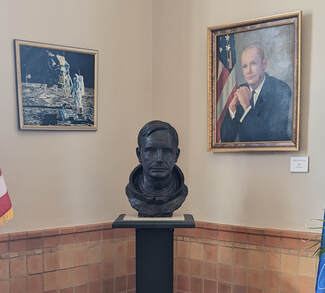 The Armstrong Gallery of Flight is now a part of the Ohio Aviation trail. When visiting the Armstrong Gallery of Flight, one of the first things guests notice is the mural that dominates the north wall. Created by Carol Ann Newsome, it depicts early Warren County aviators Clifford Harmon and Lincoln Beachey around 1909. Lebanon residents William and Clifford Harmon were fourth cousins to the Wright Brothers. Clifford achieved a number of aviation firsts, including being the first person to fly across Long Island Sound and the first aviator to carry a female passenger (his wife). In 1910, he became the sixth person in the U.S. to receive a pilot’s license. In 1926, Clifford sponsored the Harmon Trophy for outstanding aviators, aviatrix, and aeronauts (balloons or dirigibles). In 1969, a category for astronauts was added. Neil Armstrong received the prestigious award. Daredevil, stunt pilot and “America’s greatest aerial exhibitionist”, Lincoln Beachy, also grew up in Lebanon, Ohio. In 1900, when Beachy was 13, like the Wright Brothers, Lincoln and his brother Hillary opened a bicycle shop. Beachy earned his pilot’s license when he was 24; he was the 26th person to do so. He virtually invented aerobatics and was known as “The Man Who Owns the Sky.” Beachy often teamed up with race car driver, Barney Oldfield, and staged races. The two thrilled audiences around the country as Beachey’s bi-plane roared around a track in hot pursuit of Oldfield in his car. In one year alone, an estimated 17 million people, one-sixth of the U.S. population, saw Lincoln Beachey fly. In Warren County, new airports came from an unexpected source: farmers. Farmers nationwide saw the airplane as a new farm implement necessary to farm operations. Landings strips began to appear on farms nationwide. Aided by the Flying Farmers Association, local farmers changed the face of Warren County. Warren County Airport/John Lane Field began as a grass strip. John, an avid pilot, had courted his wife, Joann by flying her to a pasture near her home in Waynesville. After the two were married, they purchased a farm near Lebanon. They created an airstrip by mowing a north-south runway between their fields. As members of the Flying Farmers Association, the Lanes welcomed pilots from all over the United States to Warren County. In 1964, Ohio Governor James Rhodes decreed that there should be a paved runway in every county in the state. John Lane worked with Warren County officials to pave and light his airstrip. A second grass airstrip, the Red Stewart Airfield, was started in the 1950s. Red Stewart would fly his Piper Cub to work and land in the parking lot of Frigidaire Appliance factory in Dayton, Ohio. Eventually, when the Frigidaire plant manager told Stewart to stop flying his plane to work, Stewart quit his job and created an airfield on a 108-acre farm two-miles south of Waynesville, Ohio. It continues operations under the guidance of fourth generation family members. In 1960, a third farm airstrip was created south of Lebanon, Ohio. Brownies Airport, named after one of its owners, hosted a skydiving club and offered flying lessons. On July 20, 1969, Neil Armstrong, engineer, fighter pilot, test pilot, and Gemini and Apollo astronaut, stepped onto the moon’s surface. Armstrong’s moon walk lasted 2 hours and 13 minutes. Upon his return to earth, Armstrong stayed with NASA until 1971. Then he joined the faculty at the University of Cincinnati, School of Engineering and moved to Warren County. For 23 years, Warren County’s most famous resident, Neil Armstrong, and his wife, Jan, lived and raised their family on a farm less than two miles from downtown Lebanon. He was active in the community, serving on several boards, including the YMCA and United Way. Upon his passing, the Harmon Museum received many items from his estate including a gold plated frisbee from Whamo and a bronze bust of Armstrong. The RMS Titanic struck an iceberg late April 14, 1912 and sunk, in the early morning hours, April 15. An estimated 1514 lives were lost.
These Titanic artifacts are currently on loan. The small black rock is a piece of coal. The metallic spoon shaped object is a shoehorn provided in first class. by John Zimkus, Historian /Education Director of the Harmon Museum
excerpt featured in the Spring 2024 Medallion Newsletter In the late 1920s, when a young Bob Jones purchased the Lebanon Hotel, the old Lebanon House, he had several goals for the old inn. One of them was to restore to the hotel its historic name - The Golden Lamb. Another was to make it a destination restaurant, one that had a strong enough appeal to draw customers from beyond Lebanon, Ohio and the surrounding area. He succeeded with both goals. 100 years earlier, in the 1820s, another innkeeper attempted to make The Golden Lamb the 19th century equivalent of a destination restaurant. His name was Henry Share. Share was born Henrich Sherr in 1763 in the colony of Pennsylvania. In 1820, he and his second wife Mary, also known as Polly, took over the management of The Golden Lamb in Lebanon. The hotel at that time was only about a quarter of the size it is today. Two stories high, it was basically what is covered by The Golden Lamb’s present porch— the lobby, the Dickens Dining Room, the Lebanon Room and the guest rooms on the second floor. It didn’t take long for The Golden Lamb, under Henry Share’s guidance, to be known for its fine food. Henry Share, apparently, was not satisfied with such glowing reviews. He wanted to increase business at his Golden Lamb even more. To him, the answer was theatrical and sideshow attractions. On April 10, 1830, The Western Star newspaper announced: “EGYPTIAN MUMMY To be exhibited for a few days only in the new frame building on the public square, near Mr. Share’s Hotel – commencing on Saturday the 10th inst. There is nothing upon which the living eye can rest more impressive and interesting than the preserved mortal remains of human beings who were inhabitants of earth more than 3,000 years ago. Such are the Egyptian Mummies, embalmed, bandaged, encased, and preserved in excavated recesses of everlasting rock. This mummy was brought to this country by Captain Turner of Charlestown, Mass. from Trieste, at which place it had been received from Thebes. It is very perfect; retaining all its form and features. It stands in the back part of the coffin, wrapped with numerous thickness of the twined linen of Egypt, mentioned in the Scriptures. The envelope is removed from the face, hands and feet. It is of dark color, derived from the embalming material, and not the original color, as the hair is sandy and straight. The coffin is said to be of sycamore wood, covered with Egyptian cement. On the front or lid are various hieroglyphics, supposed to be a biographical account of the deceased person, who according to history, must have lived on this earth 3,000 years ago. The proprietor flatters himself, that no person who has not seen a Mummy, will let this pass without viewing it. Admittance 12 ½ cents.” Captain Larkin Turner brought the Egyptian mummy to the United States in 1824 on his ship Caroline Augusta. Shortly after landing in America, he sold it to Ethan Allen Greenwood, a lawyer and proprietor of the New England Museum in Boston. Greenwood lost no time in sending this new mummy on tour throughout New England in 1824 and to Ohio by 1830. The mummy was brought to the US from Trieste, a city and seaport lying between the Adriatic Sea and Italy's border with Slovenia. In 1830, the time of this ad, Trieste was a prosperous seaport in the Mediterranean region, and the fourth largest city of the Austro-Hungarian Empire. With the collapse of the Empire after World War I, Trieste was annexed to Italy. The mummy came to Trieste from “Thebes,” which is the Greek name of Ancient Egyptian city of Waset. It was located along the Nile River about 500 miles south of the Mediterranean Sea. Thebes (Waset) was the capital of Egypt for long periods during the Middle Kingdom and New Kingdom eras. Thebes’ ruins lie within the modern Egyptian city of Luxor. “12 ½ cents” at this time was called a “bit” equal to one-eighth of a dollar, as in a 25-cent piece, or quarter, being “2 bits.” During the colonial period, the most common unit of currency used in the American Colonies was in fact the Spanish dollar, also known as "piece of eight.” It was worth 8 Spanish silver reales. Spanish coinage, and other foreign coins, continued to be widely used and allowed as legal tender in the United States until the Coinage Act of 1857 was passed by the US Congress. It discontinued the practice repealing all acts "authorizing the currency of foreign gold or silver coins.” 12 ½ cents in 1830, adjusted for inflation, has a value of $3.36 today. Henry Share was perhaps proudest of the fare his Golden Lamb offered. In 1827, he advertised in various newspapers within 100 miles of Lebanon, that the improvements to his “Ohio and Pennsylvania Hotel, SIGN OF THE GOLDEN LAMB” are “not excelled by many in the west, where Ladies and Gentlemen who may think proper to favor him with call, will find good accommodation; he will endeavor by diligent attention to provide his table with the best the country affords, and his bar with the choicest liquors.” Today’s Golden Lamb pledges to its patrons many of the same fine amenities Henry Share’s inn did 200 years ago . . . minus the occasional mummy. 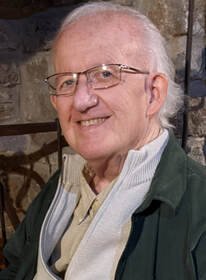 We wish to note the passing of long-time Warren County historian and the Official Town Crier of Warren County, Dennis E. Dalton. Born in Waynesville, and a lifelong member of St. Mary's Episcopal Church, Dennis contributed in the effort to preserve and present the rich history and culture of Warren County. He served with Martha Edminston as an Editor of the Miami Gazette; was a reporter for The Western Star Newspaper, as well as the person who worked with Albert "Cap" Stubbs in the creation of the Ohio Sauerkraut Festival in Waynesville. He authored "One Nation Under Sauerkraut" as a cook book to support the festival. As the creator of The Ohioana Room, at the Mary L. Cook Library, he won statewide praise in his efforts to catalog genealogical, architectural and folk tales of Waynesville, Wayne, and Clearcreek Townships. For a number of years, he served as Town Crier for events all over Warren County and for Christmas events in Springboro. Dennis was the originator of the famous "Ghost Walks" of Waynesville as well. In April on 1999 Dennis was instrumental in brining Gerald Charles Dickens, the great-great-grandson of Charles Dickens, to Waynesville, from the United Kingdom. Dickens returned to the porch of the Holloway House for a photo, and joined Dennis in Lebanon's Golden Lamb Inn to toast - this time with brandy - when Gerald's great-great-grandfather, Charles Dickens, visited the Golden Lamb in 1842, the Golden Lamb was a temperance hotel. In 2012, for Arcadia Press, he published "Waynesville and Wayne Township", perhaps the most comprehensive history ever done on the northern third of Warren County. Within this book, Denny poured out his love and knowledge of the place he knew as "home". Dennis was a gifted speaker, researcher and devoted friend. Rest easy my friend, on the quiet hillside above the Little Miami you loved so well. - Michael Coyan Members Appreciation Week is next week (April 2-6) and we want to thank our members for being a part of the Warren County Historical Society! To show our appreciation, we are having a series of ways to say, "thank you!" Members may bring a guest at no extra charge, without using a coupon or voucher, as many times as they would like, throughout the week.* On April 2nd we're having gallery talks by presenters, on April 4th our curators will be available to consultation, and we're hosting an Appraisal Fair on April 6th!** Learn more about Members Appreciation Week by clicking the button below! Not a member? You can become one at the link below.
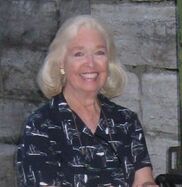 It is with great sadness that we learned of the passing of our retired, long-time Curator, Mary W. Klei. Mary dedicated herself to the Historical Society, and cared for its collections, as well as working diligently to establish the Warren County Historical Society Endowment Fund. For all who worked with her or enjoyed her company, she was erudite, a consummate teacher, and exacting historian. The Board has renamed the research library as the Mary W. Klei Research Library in her honor and memory.
Celebrate St. Patrick's Day (early) with Irish Pub Sing-Along band, FinTan, at the second Music at the Museum concert!
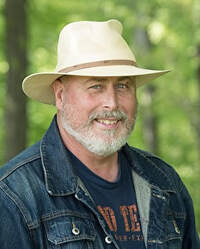 Nationally known native Ohio artist Chuck Marshall developed an early love and respect for the outdoors and art. Chuck knew he was going to be an artist from a very early age. He would spend hours each day sketching images of fields, hillsides, and animals that he would see while roaming the countryside. After a short stint in the Navy he studied one year at the Art Institute of Cincinnati before before moving to and studying at the California Art Institute in Southern California. He has studied with various artist which he feels has helped him to develop who he is as an artist. His art career includes many years as an illustrator and graphic designer as well as his fine art. Chuck has been invited to and participated in many national plein air events such as a guest artist for the Plein Air Convention and Expo as a field painter, Olmsted Plein Air Invitational, Atlanta Georgia, Door County Plein Air, Wisconsin, Great American Paint Out, in the Apalachicola/ Panhandle Florida area, Wayne Plein Air, PA, En Plein Air Texas, and Finger Lakes Plein Air, where he has won best of show twice so far. He is a member of the Rocky Mountain Plein Air Painters, Ohio Plein Air Society, American Impressionist Society, and Oil Painters of America. Chuck’s work has been published in International Artist Magazine, American Artist Magazine, and Plein Air Magazine. He has won numerous local and national awards, and has also performed as a judge in many juried art shows. His work can be seen at the Eisele Cincinnati, Ohio, Charles Fine Art, Gloucester MA, and Hayley Gallery, New Albany, Ohio. -taken from the artist's website Meet Chuck and view his art at the FREE wine and cheese Opening Reception of Beautiful Ohio: the Paintings of Chuck Marshall. 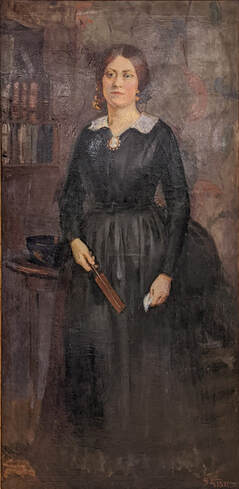 When you enter Harmon Museum's main entrance, you probably noticed the life-size portrait hanging on the wall just to the right of the Welcome Desk. The portrait is of Mary "Mollie" Wood Harmon (1842-1884). She was the mother of Harmon Museum's namesake, William Elmer Harmon. In 1927, Harmon commissioned this painting from Gertrude Russel Briggs who used a Daguerre Type photograph of Mary when she was 20 or 22. Briggs would later go on to be a co-founded of the Phoenix Art Institute. Brian and Rob of the McIans where such a wonderful way to open our Music at the Museum series!
Next up: FinTan! Purchase tickets at the link below. https://www.wchsmuseum.org/music.html Have you noticed the new tab in our main menu? To celebrate Black History Month, we've compiled the parts of our website that discuss the events and trailblazers of the Black Community.
Due to requests, and the generous support of Miami Valley Gaming, The Harmon Museum remain open for extended hours until 8:00pm on February 2, 6, 9 and 13. This is to allow access to those who cannot view the special exhibit, The American Revolution Experience, during the business day.
|
AuthorVarious staff and volunteer writers. Categories
All
Archives
June 2024
|
Email: [email protected]
Wchs Office/Harmon MuseumTues - Sat: 10am - 4pm
Year Round |
1795 BEEDLE cABINPhone for hours
Year Round |

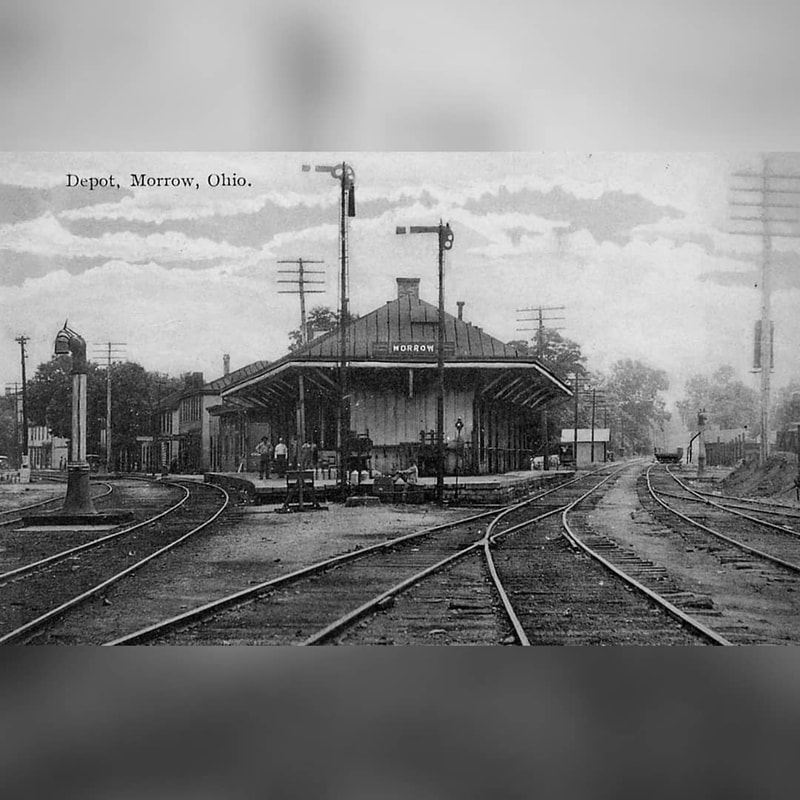
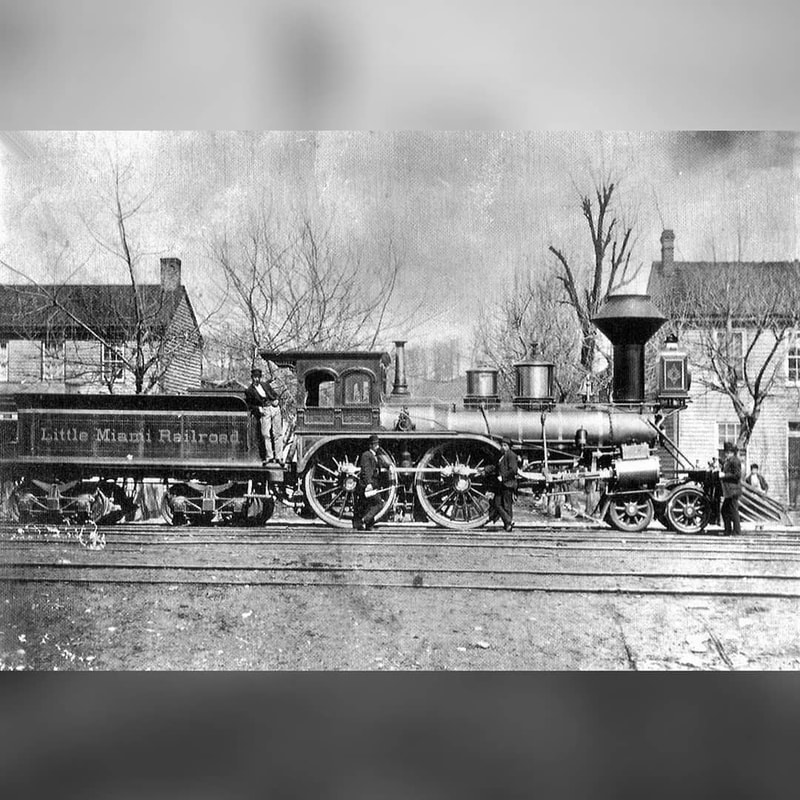
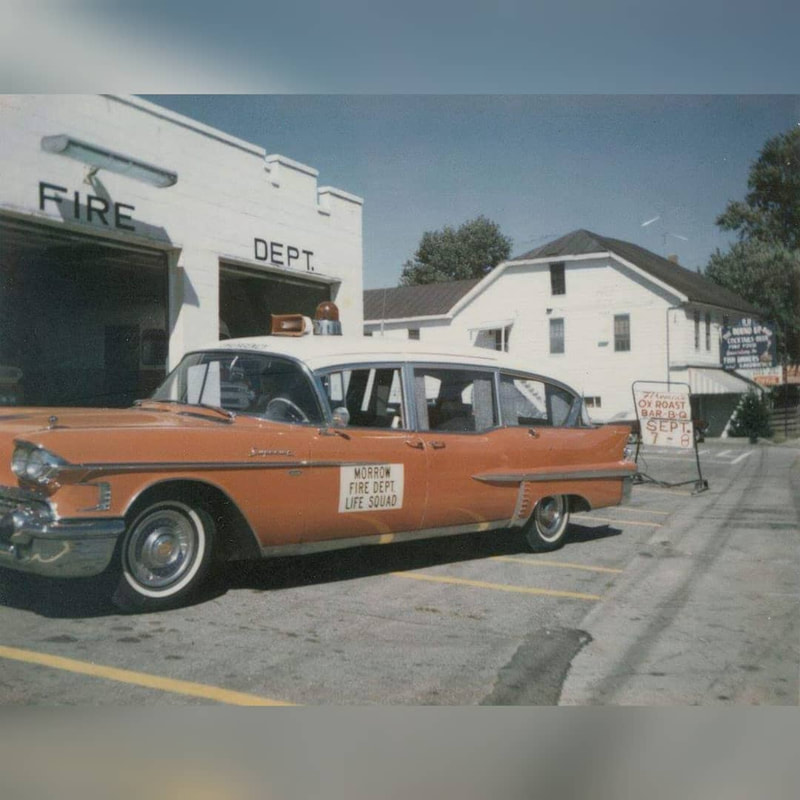
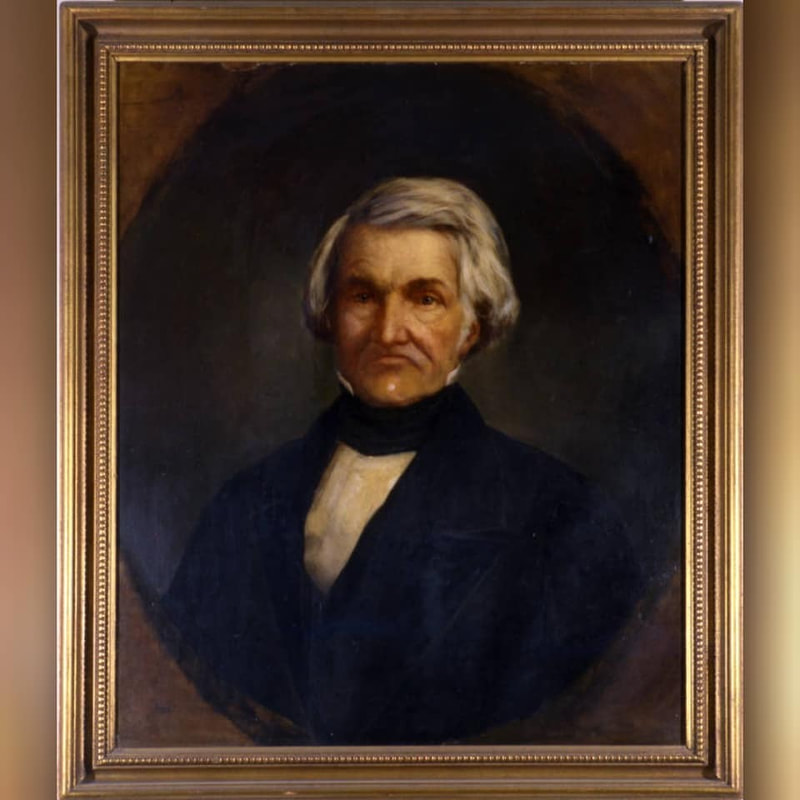
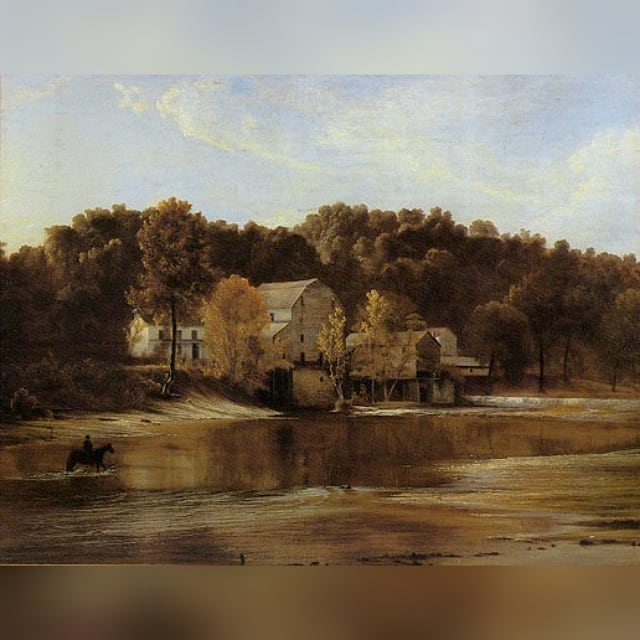
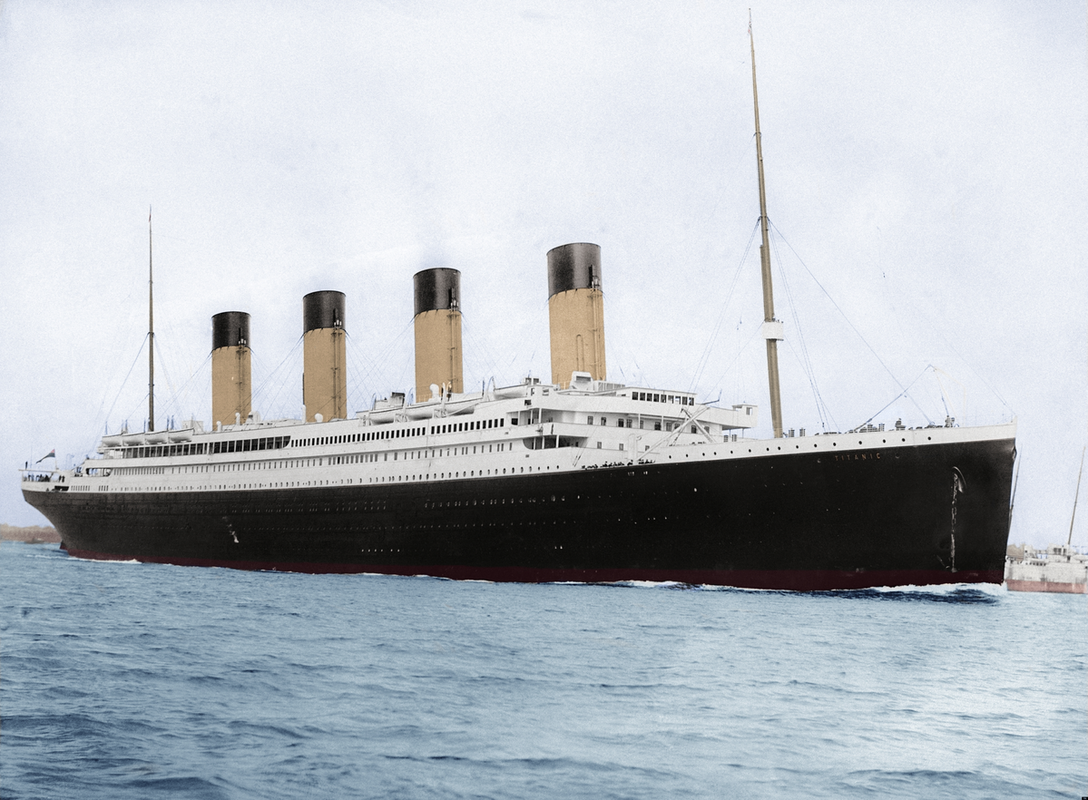
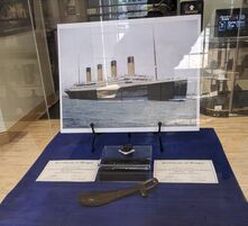
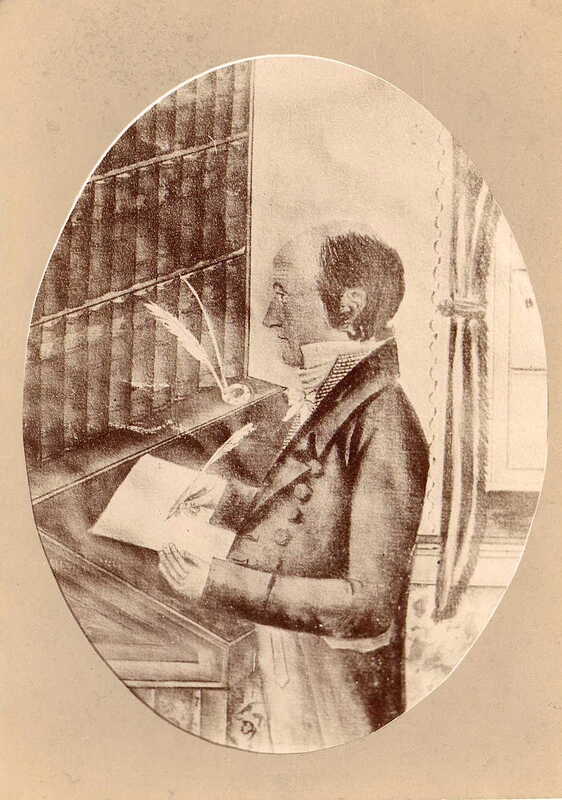

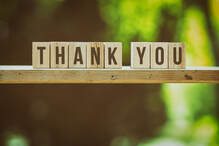
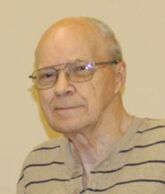

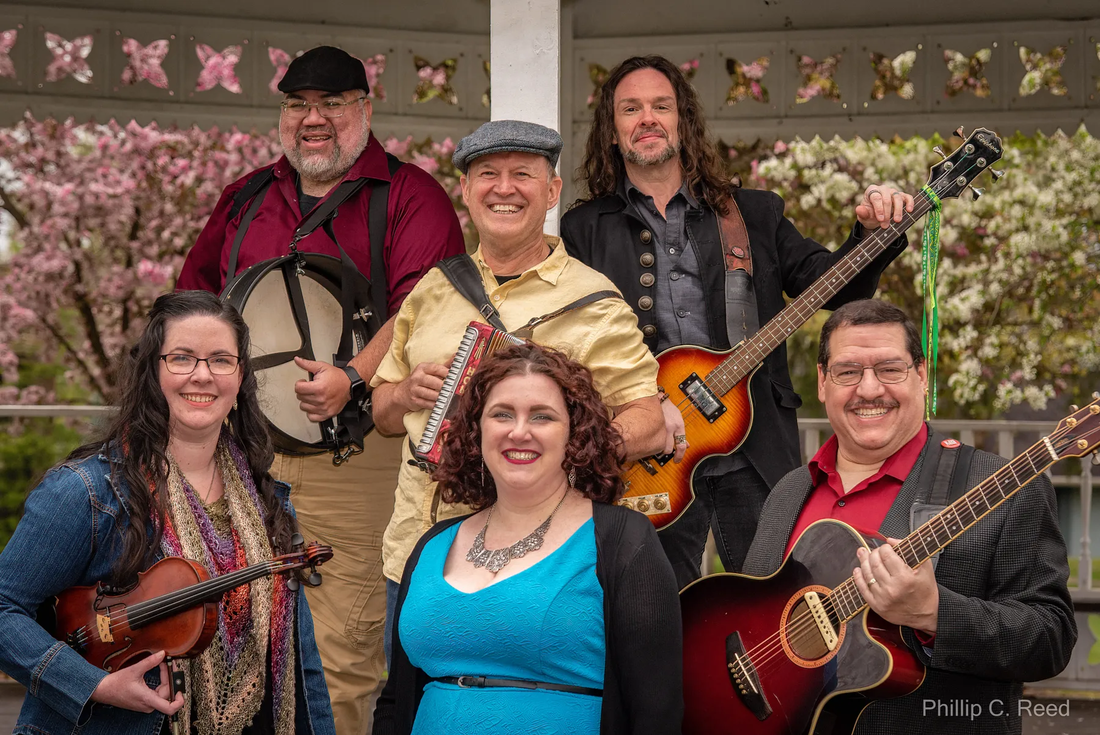
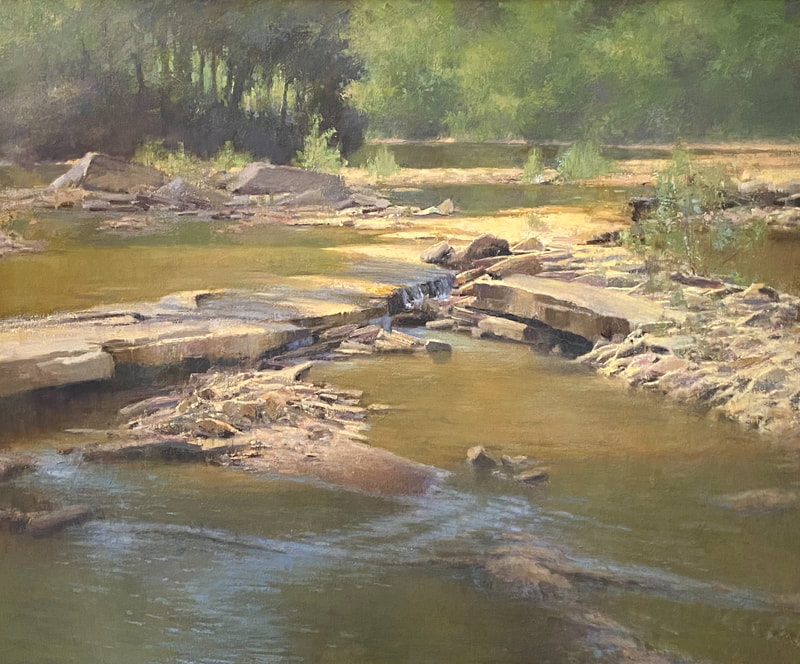
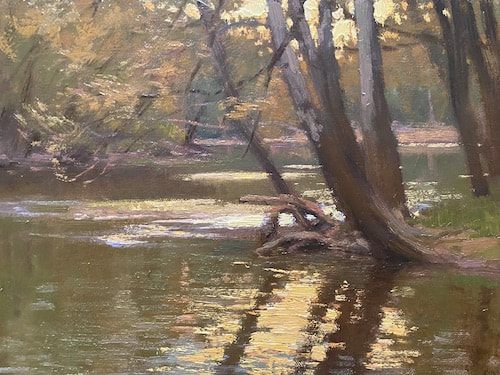
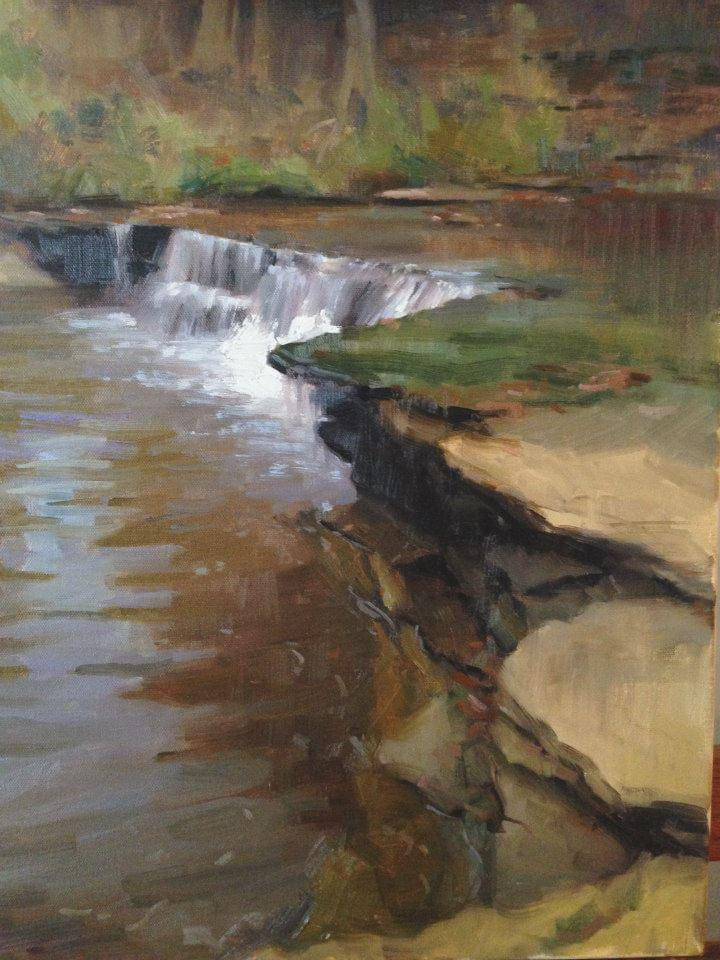
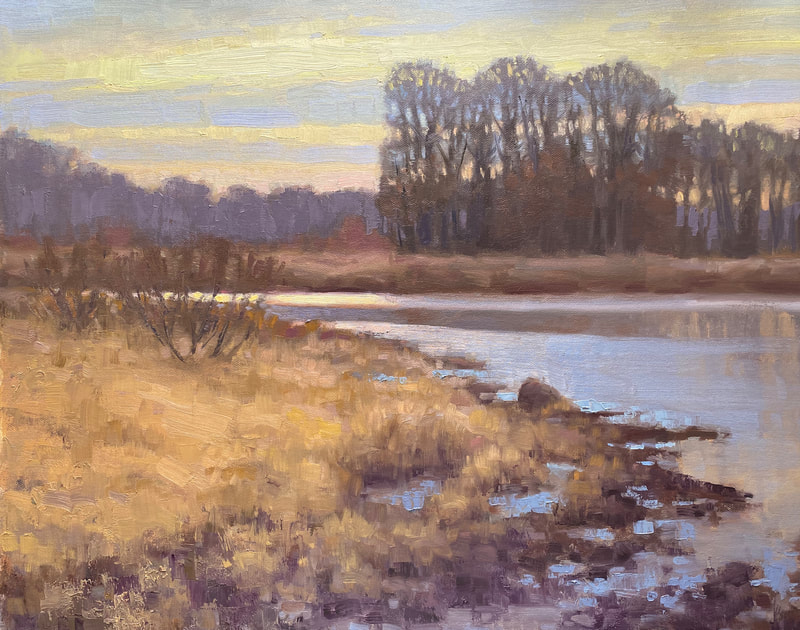
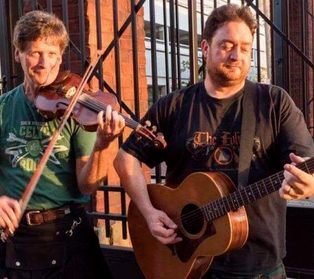

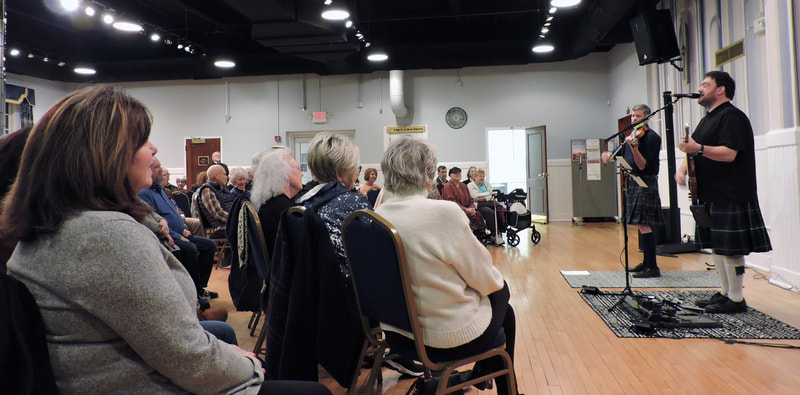
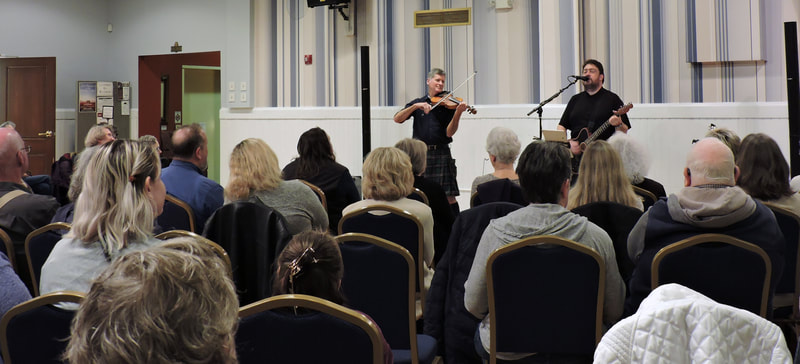
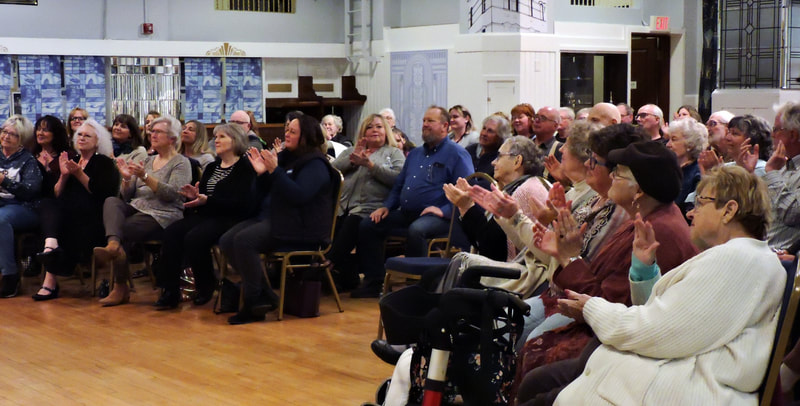
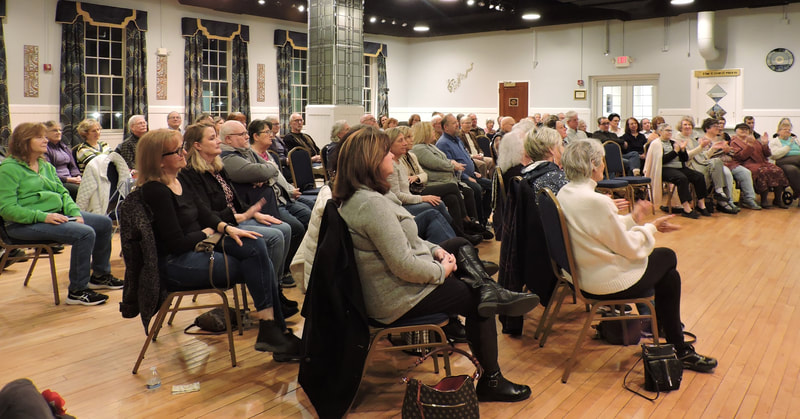
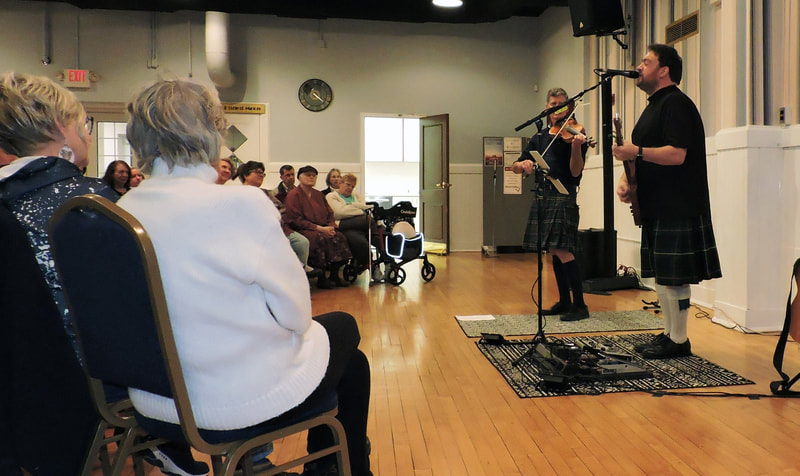
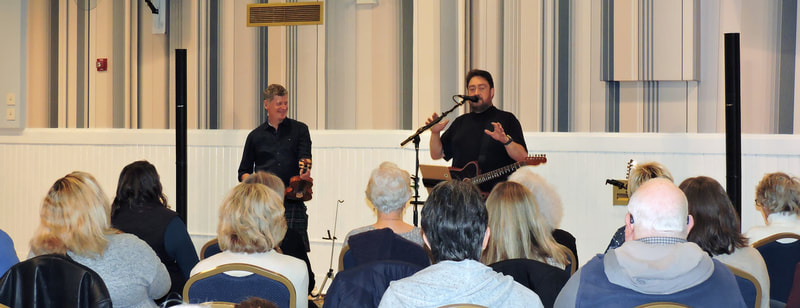



 RSS Feed
RSS Feed





